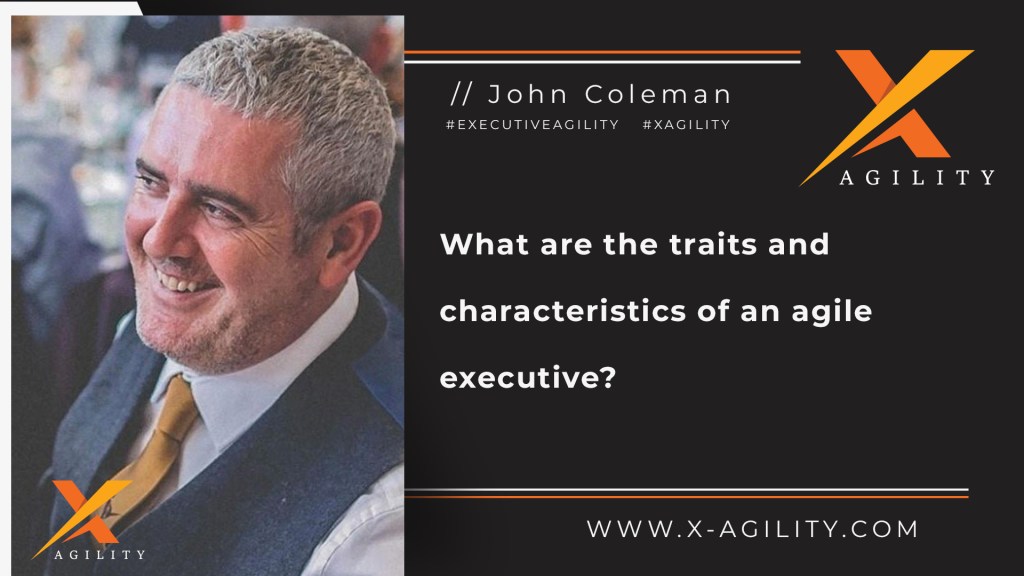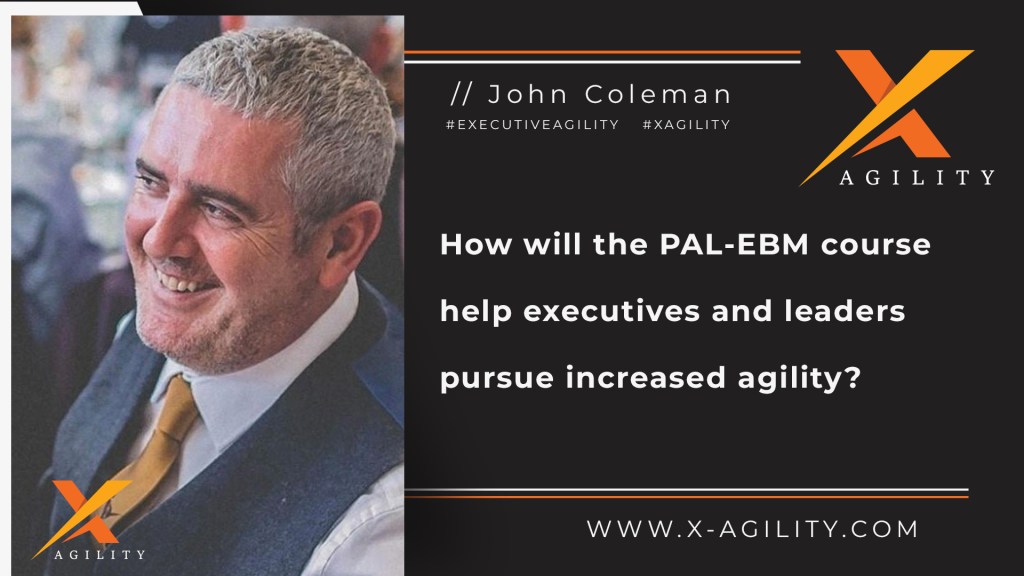How have leadership requirements evolved because of complexity?
Complexity requires more than simply gathering experts around the table.
Because we’ve never built the solution or solved the problem before, we simply don’t know what we don’t know. Even the experts are not guaranteed to solve the problem or develop the solution that our customers and stakeholders need.
- We need fresh thinking from other areas of expertise and capabilities.
- We need collaboration.
- We need creative problem-solving capabilities.
- We need cocreation of products, features, and services with customers and stakeholders.
- We need to use empiricism to help us make decisions.
- We need to use data and evidence to inform what our next best step should be.
And so forth.
It’s a totally different approach to traditional project management because traditional management requires us to know the answer upfront. For it to work effectively, we must have solved the problem or built the solution before, and now simply follow a formula of best practices and techniques to produce the outcome we seek.
And so we aren’t following predictable plans to predictable outcomes, we are instead constantly learning and adapting what we are doing based on the data and evidence that we gather.
Discovering the best answer rather than knowing the best answer.
That requires a completely different philosophy, mindset, toolset, and capability from leadership teams than simple, straightforward management of people and resources.
Complexity in the 21st Century.
Experts can fall into the trap of analysis paralysis in highly uncertain, complex environments.
Because traditional management teams insist that we produce an answer upfront, these experts are obligated to imagine the answer – which must be correct – and as such, they won’t move until they are 100% certain of success.
Failing to get it right could cost them status, a promotion, or even their job.
So, they get stuck in quicksand and run around in circles trying to imagine the unimaginable.
Agile has become on of the most popular problem-solving and product development approaches because it encourages collaboration, experimentation, and exploration – via lightweight agile frameworks – of what options are available and which would be best to get started.
In essence, as you walk into the wilderness, the path appears.
As teams build something, give it to customers to play with and review, and receive feedback on what they have built, they are able to take the next valuable step based on data and evidence.
We start with a hypothesis and we design the experiment to validate or invalidate that hypothesis.
If we are right, we build on what we have learned with a new hypothesis. If we are wrong, we abandon what we were doing, pivot to a new hypothesis, and begin learning through the process of trial and error.
Adapting old ideas to solve new problems.
Sometimes we build something, and it doesn’t work in the application it was intended. That’s fine. We recognize that it is still great work, it just doesn’t solve the problem at hand or move us closer to the product goal.
Down the line, we may discover that the thing we built a few months ago is a perfect fit for the problem we now need to solve. We bring in the old solution, adapt it for the new problem we are trying to solve, and voila.
Problem solved. Advance made. Solution created.
We may find that it isn’t the thing we built in the past that solves the problem, it may be the knowledge and skills we acquired whilst creating that solution, that actively helps us move forward in our current situation.
So, a repository of knowledge and skills is essential.
Empiricism is key to navigating complexity.
Empiricism or Empirical Process Control is a central pillar of scrum and agile. It’s also a key skill that leadership teams need to master. Empiricism is built on the core foundation of:
Transparency.
This is when we make the work we are doing visible and transparent. We make the language we use transparent and ensure that it is understood by everyone on the team. We make our hypothesis visible, and we make the metrics, data, and measurements visible to everyone on the team.
Inspection.
We frequently inspect what is being built. In scrum, a working product is delivered at the end of each sprint – typically 2 weeks to 4 weeks – so we are creating short feedback loops. That working product is handed to a customer for review and we receive feedback from that customer or stakeholder about how well the product solves their problem.
We also inspect our own work, our own achievements, our own processes, and how effectively our tools work. We document what we are experiencing and producing and make that transparent for reflection and analysis in our sprint retrospectives and sprint reviews.
Adaptation
We look at the data, feedback, and evidence that we have gathered whilst doing the work. We explore what we have learned through the process, and we evaluate what is working, what isn’t working, and what skills or capabilities we need to acquire to be more effective in the future.
The central idea is that we adapt what we are doing, based on data and evidence, to inform what we attempt next. We adapt and become more responsive with each iteration.
So, in my opinion and in my experience, understanding and mastering empiricism is one of the most valuable things a leader or executive can do in the 21st century marketplace.
About John Coleman
https://linktr.ee/johncolemanxagility – social and podcast links
https://linkpop.com/orderlydisruption – order training from right here
If you are interested in helping your team or organization achieve greater agility and want to explore agile training options, visit our training page.
If you value coaching and would like to work with a deeply experienced agile and executive coaching specialist, visit our coaching page.
If you are looking for an agile consultant that can help your leadership team identify an appropriate roadmap to organizational agility and take the most effective course of action in your agile transformation, visit our consulting page.
#agile #leadership #agileleadership #certifiedagileleadership #professionalagileleadership #psm #psm2 #scrum #scrumorg #xagility #executiveagility #xagility





